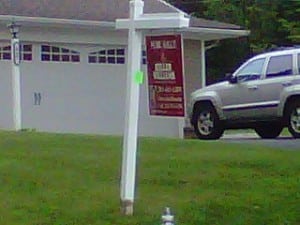
Prashant Gopal mrgopal
The portion of U.S. homebuyers making their first residential purchase fell for a third straight year, and is now at the lowest level since 1987.
The share of first-time buyers dropped to 32 percent from 33 percent last year, according to a National Association of Realtors survey that covered transactions in the 12 months through June. That’s below the long-term average of almost 40 percent, the group said in its report, released Thursday.
Rising home prices are holding back many young would-be buyers who can’t easily save for a down payment because of student-loan burdens and soaring apartment rents. The median amount of student debt for all buyers was $25,000, according to the survey. And the prices of the least-expensive previously owned homes — those most likely to be bought by first-time buyers — are rising faster than those of costlier residences.
“It’s just a lack of affordable homes, especially in the starter range,” Lawrence Yun, chief economist at the National Association of Realtors, said in a telephone interview. “At a time when housing wealth is growing, we have fewer people participating in this recovery, and that worsens wealth inequality in the U.S.”
The typical first-time buyer was 31 years old and purchased a 1,620-square-foot (150-square-meter) home costing $170,000, while repeat buyers were more than two decades older and bought a median 2,020-square-foot house costing $246,400.

